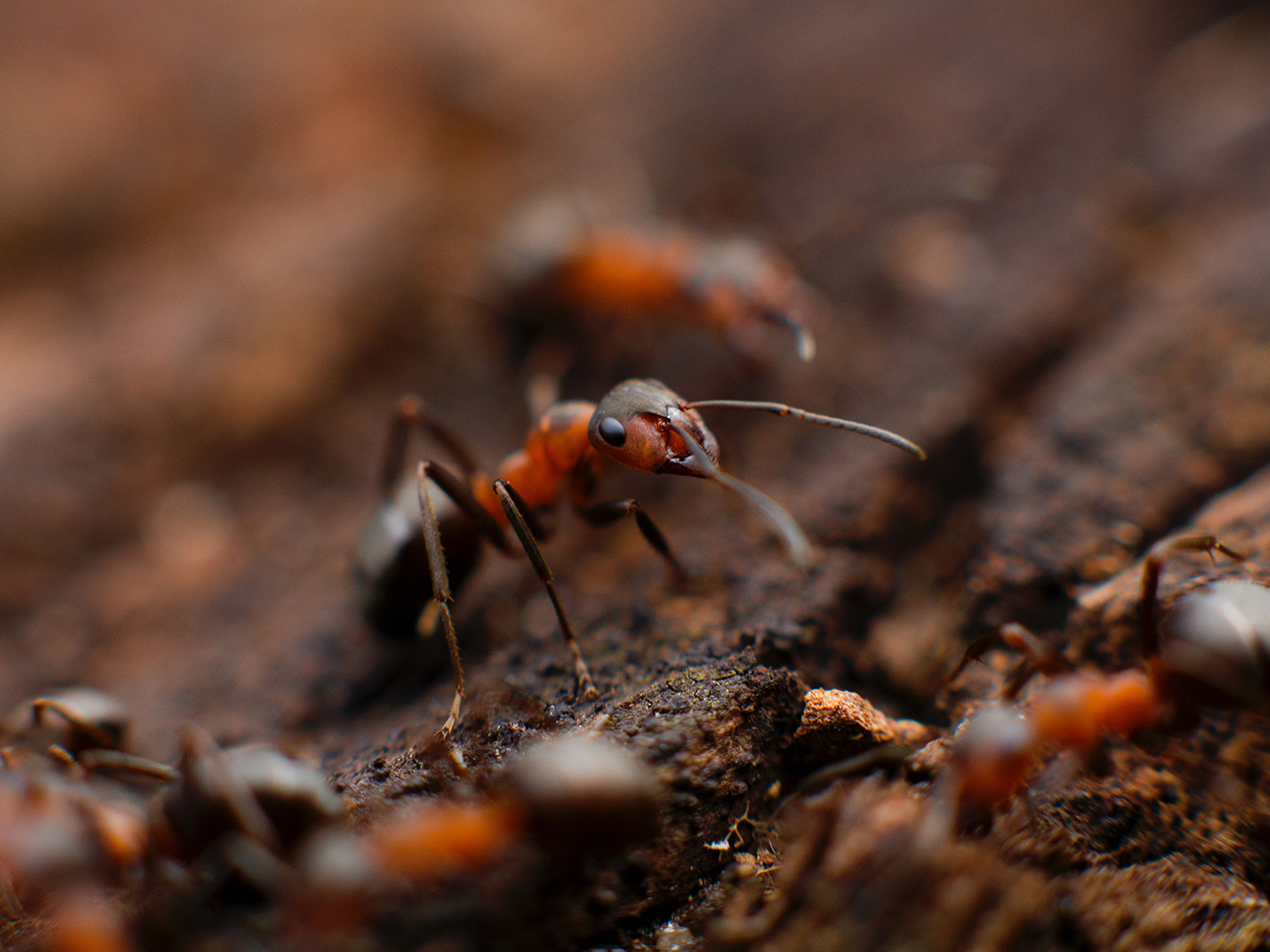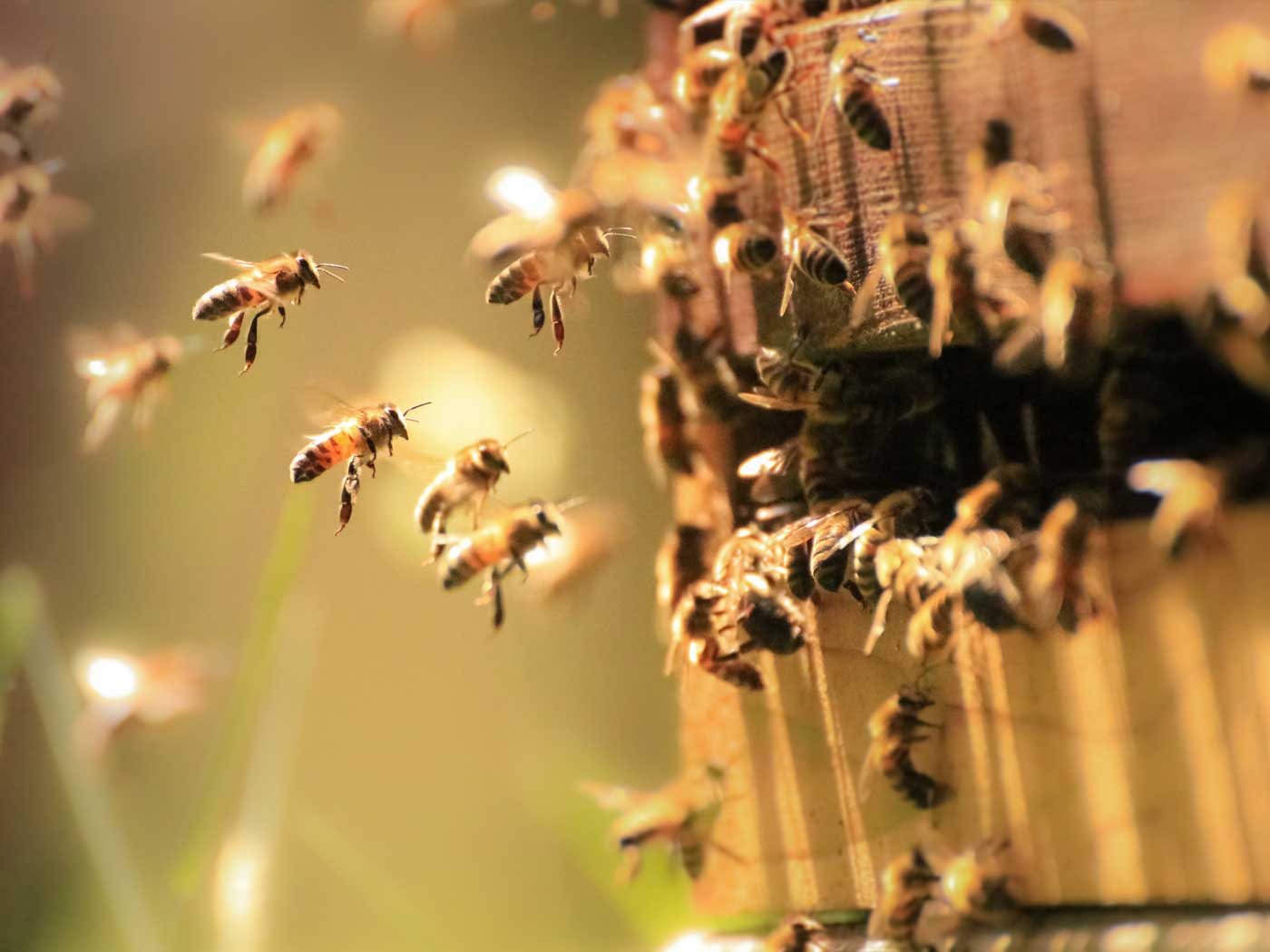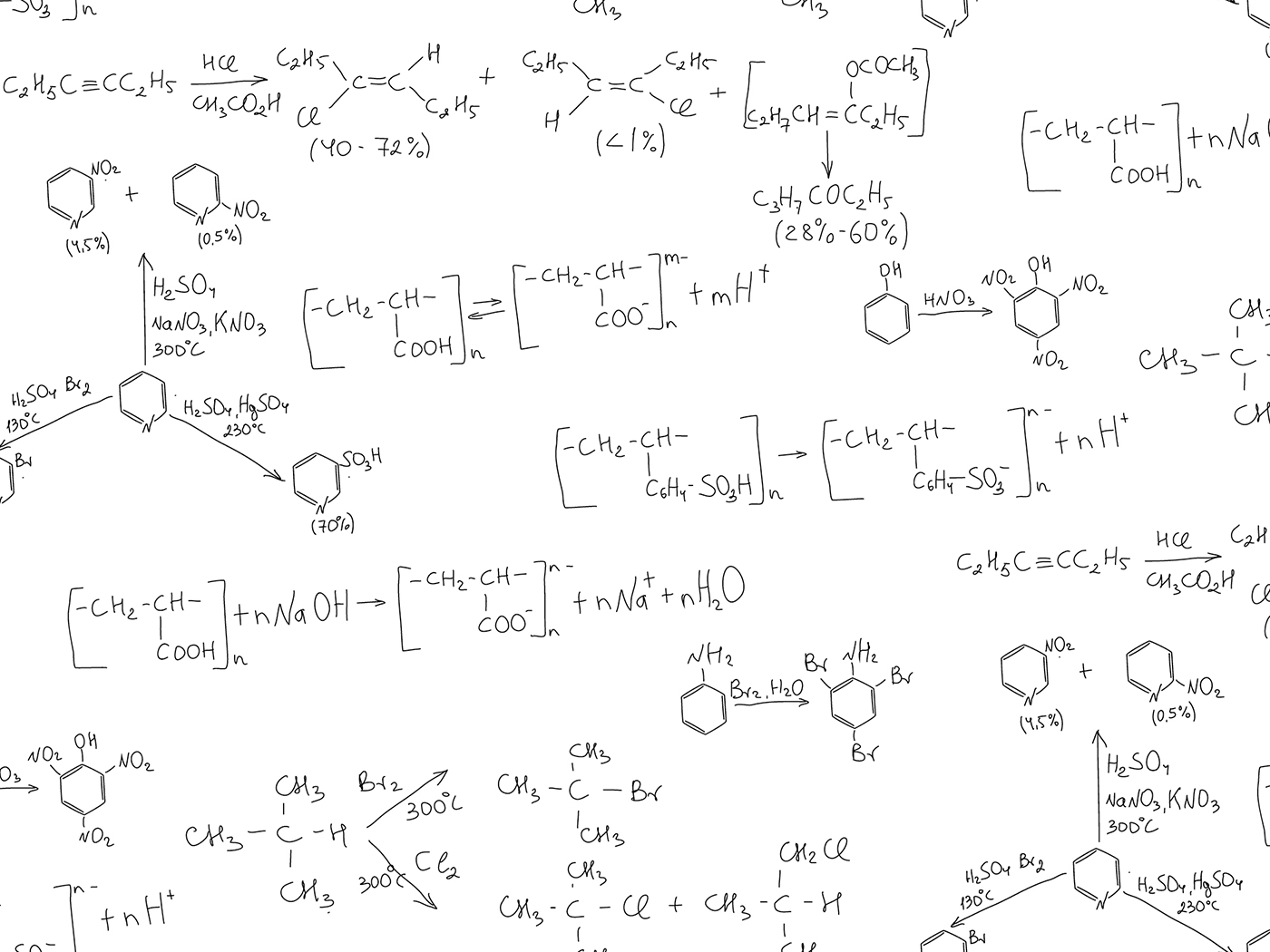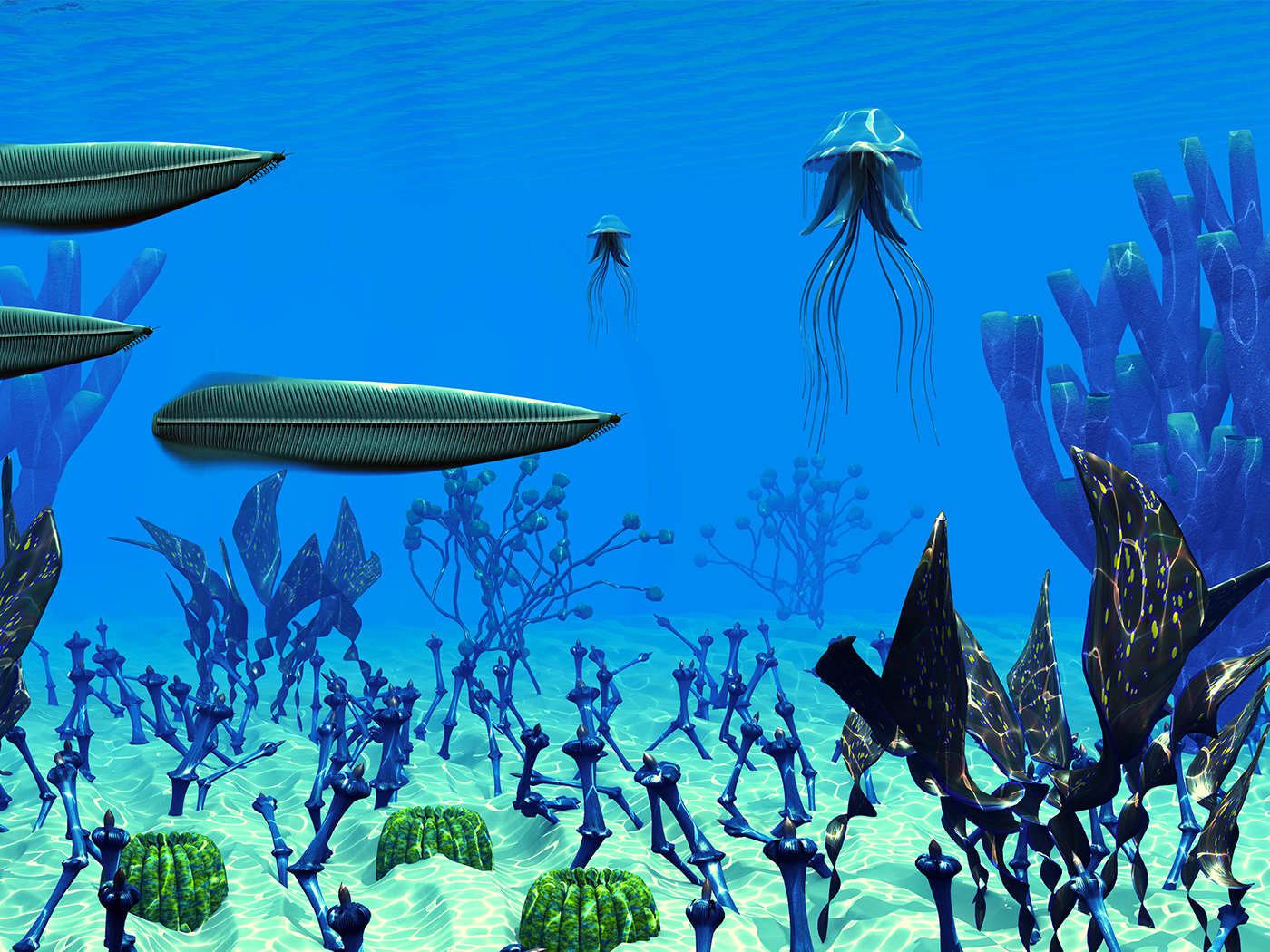Toucans are tropical birds found in Central and South America. They are best known for their enormous, brilliantly colored bills. These beaks perform several functions, but new research confirms that they accomplish yet another essential job.
A toucan’s bill comprises about one third of the bird’s total length, which makes it proportionately larger than any other bird’s. Yet the bill is very lightweight for its size because it is made of bony struts and keratin fibers. Toucans can reach further out for fruit, cut up the fruit with their bills’ serrated edges, reach deeper than other birds into tree holes for food, and house extra-long tongues with more taste buds on them. The beaks also seem to serve aesthetic purposes by displaying brilliant colors, as well as being used in frolicking “fencing” matches with other toucans.
Now researchers have found a new function served by these beautiful beaks: temperature regulation.1 The bill is filled with a “fine network of vessels.”2 By controlling the blood supply to the bills, toucans can rapidly “dump” body heat within minutes.
Research published in the journal Science found that the toucan can regulate its temperature exquisitely, with the adult bill capable of emitting only five percent of the bird’s total body heat when it needs to conserve warmth, but up to 100 percent when it needs to cool off. Coordinated valves can pinch off or open blood vessels leading into the beak. This makes the toucan bill one of the most efficient temperature regulation systems in the animal world.
Within Darwinian evolution, what selective pressures could have prompted the development of such a unique feature? Toucan bills have been problematic for evolutionists, considering that most toucans show very little differentiation between male and female bills. There is no evidence that toucan ancestors selected the most colorfully-billed mates. Even if change through sexual selection—which is known to only influence minor, largely reversible variations—were involved, how would it generate the whole integrated bill design that is observed in modern birds?
Confronted with the toucan bill’s array of interdependent and highly specified structures that are coordinated with the bird’s behaviors, the researchers had only one thing to say about its origin: "Although the selective forces that led to the large bills of present-day toucans remain elusive, the current use, costs, and proximal consequences can be examined."2 In other words, they have no idea how a feature like this could have evolved, but they see that it works marvelously.
Toucans testify to their Creator. Only He could be the sufficient cause of a body part that has been fully integrated into the organism, has been efficiently and precisely constructed, is useful for multiple tasks, and is even a source of color and beauty.
References
- Morelle, R. Hot secret behind toucan’s bill. BBC News. Posted on news.bbc.co.uk July 23, 2009, accessed July 28, 2009.
- Tattersall, G. J., D. V. Andrade, and A. S. Augusto. 2009. Heat Exchange from the Toucan Bill Reveals a Controllable Vascular Thermal Radiator. Science. 325 (5939): 468.
* Mr. Thomas is Science Writer at the Institute for Creation Research.
Article posted on August 7, 2009.
























